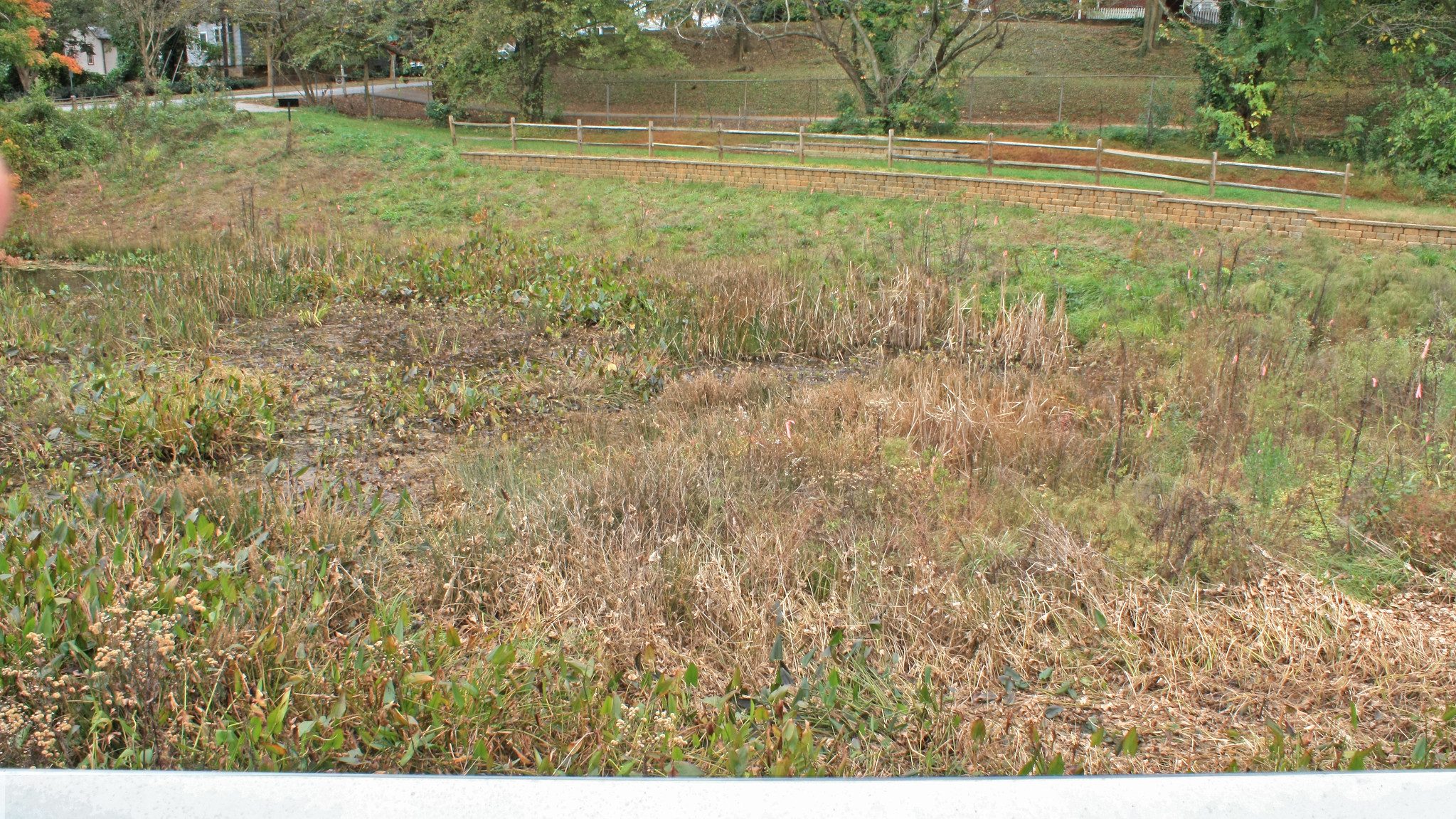Global Change Seminar Summary – Adaptation to Global Change in Urban Environments

The final seminar in the Spring Global Change Seminar Series, Adaptation to Global Change in Urban Environments, was hosted by our 2019-2020 cohort of Global Change Fellows on April 9, 2020. The discussion was moderated by Global Change Fellow, Sam Flake and the following summary post was written by Global Change Fellow, Emily Reed.
View a recording of the presentation:
Featuring:
Dr. Gavin Smith, PhD, AICP: NCSU Department of Landscape Architecture
Beyond the Basics – Best Practices in Local Mitigation Planning
Dr. Gavin Smith is a professor in the department of Landscape Architecture at NC State, focusing on hazard mitigation, disaster recovery, and adaptation to climate change. He has a great deal of practical experience, working as a policy advisor to a number of governments, including NC governor Jim Hunt during the 1990s following hurricanes Fran and Floyd and Mississippi governor Haley Barbour post-Katrina. More recently, Dr. Smith led a team to assist six hard hit, low capacity communities following Hurricane Matthew. These experiences demonstrate the speaker’s commitment to integrating research and practice through deep community engagement.
In the Global Change Seminar on April 9, 2020, Dr. Smith joined moderator Sam Flake, a PhD student in Plant Biology and SE CASC Global Change Fellow and over 80 online-attendees through Zoom to give a talk entitled “Adaptation to Climate Change in Urban Environments.”
To begin this summary of the seminar, I want to list the four imperatives Dr. Smith discussed in his conclusion. These are points that we must address for all issues concerning global change. They are (1) the governance imperative, (2) the capability imperative, (3) the planning imperative, and (4) moral imperative. If you take nothing else from this article, I think it’s most important to reflect on how these four imperatives apply to your research, management, or interests in the context of climate and land use change.
In his talk, Dr. Smith began by highlighting several challenges and opportunities to climate change adaptation. Namely, he identified poor coordination between adaptation efforts and natural hazards risk management as a primary challenge and the introduction of pre-disaster funding to states as an important step forward. These ideas are discussed in detail in his book, Adapting to Climate Change: Lessons from Natural Hazards Planning (2014), which he coauthored with Dr. Bruce Glavovic.
Next, Dr. Smith walked attendees through several case studies, starting with Mississippi following Hurricane Katrina. He discussed the severity of the damage to the state, aided with striking photos and statistics, and the slow process of convincing local governments to adopt stricter standards for redevelopment during post-disaster recovery. He then talked about a volcanic eruption in New Zealand, where the only inhabitants were tourists, as scientists had vacated the area because of the vulnerability. He transitioned to another case in New Zealand, a buyout and resettlement program that affected 13,000 homes located in red zones where human habitation was too dangerous. The buyout occurred quickly, and many of the people who chose to leave maintained close attachment to their lands. They repurposed the land for ecosystem services, i.e. cultural enrichment and gardening.
After walking through the four imperatives for natural hazard planning, which again have wide-reaching implications and meaning for global change planning in general, Dr. Smith briefly discussed the NCSU graduate certificate program he is developing. The 13-hour program is focused on disaster resilience policy engineering and design, with 7 hours of required courses and 6 hours of electives. Stay tuned!
Throughout his talk, Dr. Smith considered the onus poor disaster and climate adaptation planning puts on the affected communities, many of which often already lack the bandwidth and support needed to succeed. He also stressed the importance of drawing lessons and guidance from disasters and risk management in other nations, advocating for a global approach to hazard mitigation. This was highlighted during the question and answer portion of the seminar. To hear more about this topic, please view the seminar recording and jump ahead to the fifty-minute mark to listen to concluding discussion.
- Categories:
